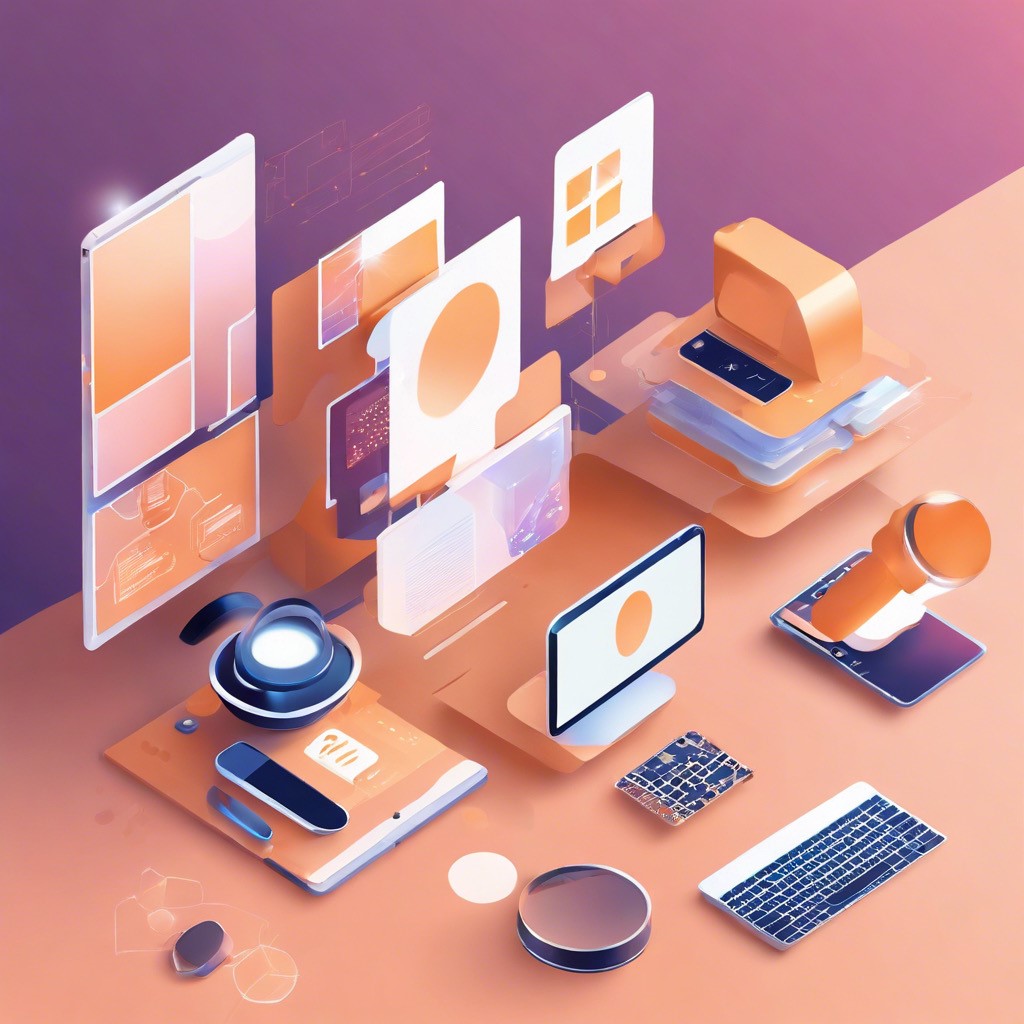
Empowering Accessibility: How AI-Powered Devices and Apps Revolutionize the Lives of the Blind and Visually Impaired
In an age where technology permeates every aspect of our lives, it's crucial to ensure that innovation is inclusive. For individuals with visual impairments or blindness, advancements in artificial intelligence (AI) have opened up a world of possibilities, empowering them to navigate the world with greater independence and accessibility. From smart devices to intuitive applications, AI is playing a pivotal role in enhancing the quality of life for the blind and visually impaired community.
What is Ai?
Artificial Intelligence (AI) refers to the simulation of human intelligence processes by machines, typically computer systems. These processes include learning, reasoning, problem-solving, perception, and decision-making. AI systems can analyze large sets of data, recognize patterns, and adapt to changing circumstances, often performing tasks that typically require human intelligence. AI technologies encompass various subfields such as machine learning, natural language processing, computer vision, and robotics, and they are increasingly prevalent in everyday life, powering applications from virtual assistants and recommendation systems to autonomous vehicles and medical diagnosis tools.
AI-Powered Devices:
- OrCam Read 3: The OrCam Read 3 is an advanced, portable, and intuitive device designed to assist people with vision loss, reading fatigue, or those who find reading challenging. It offers a variety of features, including next-generation magnification, handheld reading capabilities, and an AI interactive assistant
- Envision Glasses: featuring Google Glass and ChatGPT integration, present a new era of wearable AI. This wearable device, equipped with a camera, can identify objects, read text, and offer valuable information through voice commands. It’s a promising innovation that enhances independence for those who are blind or visually impaired. Users can simply invoke voice commands to identify and gather information about their surroundings, enhancing their independence and understanding of the environment. This technology is a game-changer, particularly for those who have lost their sight later in life and need assistance navigating their surroundings.
- Smartphones: Believe it or not, smartphones equipped with AI-driven accessibility features have become indispensable tools for the blind and visually impaired. Voice assistants like Siri, Google Assistant, and Amazon's Alexa enable hands-free interaction, allowing users to perform tasks such as making calls, sending messages, or navigating the web using voice commands. Additionally, features like VoiceOver on iOS and TalkBack on Android provide screen-reading capabilities, converting on-screen text into speech and enabling tactile feedback through vibrations.
- Sunu Band: The Sunu Band utilize sonar technology to detect obstacles and provide haptic feedback, enabling users to navigate unfamiliar environments safely.
- Braille Displays: AI-powered braille displays offer tactile feedback by converting digital text into braille characters. These devices allow blind individuals to access information from computers, smartphones, and other digital devices with ease. Advanced models incorporate AI algorithms to enhance the reading experience by providing context-aware translations and dynamic braille output.
AI-Powered Apps:
- Be My Eyes: Be My Eyes is a popular AI-powered app that connects blind and visually impaired users with sighted volunteers through live video calls. Volunteers assist users with various tasks such as reading labels, identifying objects, or navigating unfamiliar surroundings, leveraging AI algorithms to match users with volunteers based on their location and language preferences.
- Seeing AI: Developed by Microsoft, Seeing AI is an innovative app that utilizes AI to provide auditory descriptions of the surrounding environment. The app can recognize and describe text, objects, people, and even emotions captured through the device's camera, offering valuable assistance in daily tasks such as reading documents, identifying products, or recognizing faces.
- Aira: Aira is a subscription-based service that combines AI technology with human assistance to provide real-time visual interpretation and navigation support to blind and visually impaired individuals. Users wear smart glasses equipped with a camera, which streams live video to trained agents who offer guidance and assistance through a dedicated smartphone app.
The integration of AI technology into devices and applications has transformed the landscape of accessibility for the blind and visually impaired community. These innovations not only enhance independence and mobility but also foster greater inclusion and participation in various aspects of life, from education and employment to social interaction and leisure activities. As AI continues to advance, we can expect further breakthroughs in assistive technologies, ultimately contributing to a more inclusive and equitable society for all.
To learn more about AI and these accessible devices and apps, please head over to mytoolsforliving.com site to learn about more of these innovative products. You can also reach us by calling (800) 919-3375 and ask to speak with one of our knowledgeable adaptive technology team members who are more than willing to assist you.
